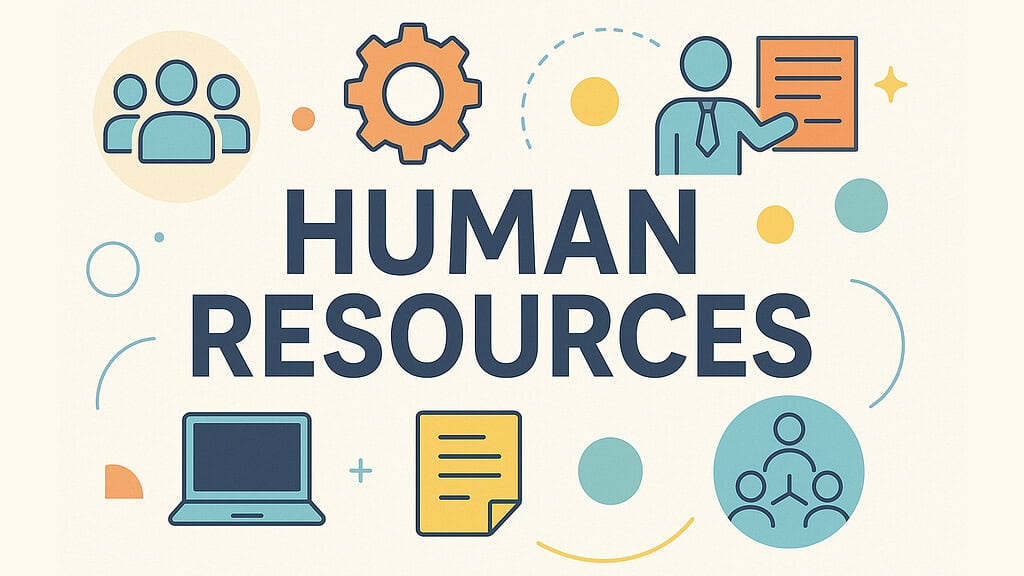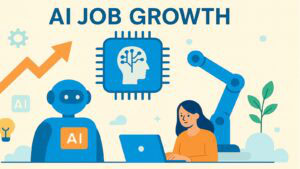Table of Contents
Introduction: Human Resources as the Core Driver of Engagement
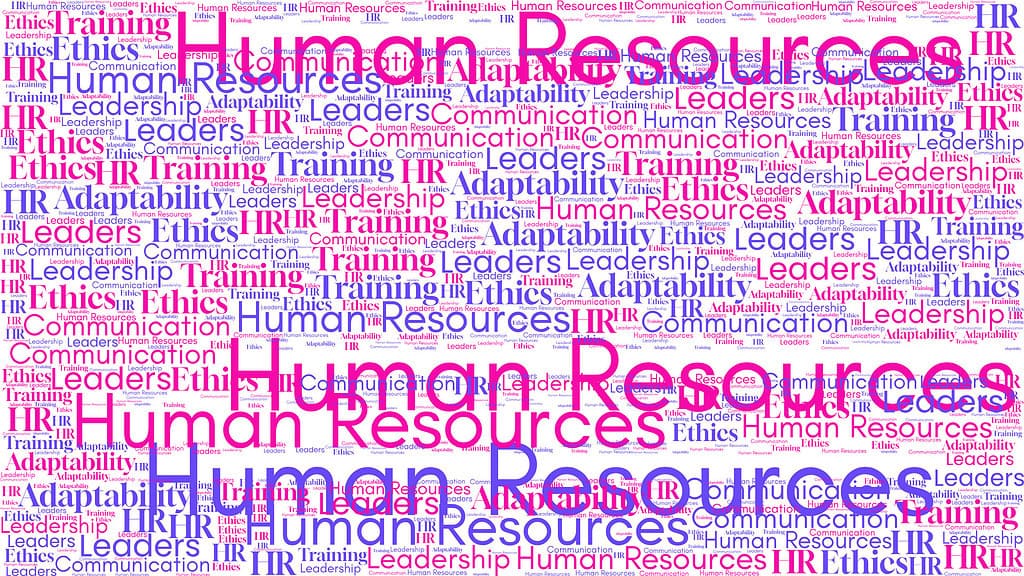
The modern workplace has witnessed a fundamental shift in how organizations view their most valuable asset—their people. Human Resources stands as an important business function that transcends traditional administrative boundaries to become the strategic architect of employee engagement and organizational success. Gone are the days when HR departments merely processed payroll and handled paperwork. Today’s Human Resources professionals serve as engagement catalysts, culture builders, and strategic partners who shape the very foundation of organizational performance.
Employee engagement remains one of the most pressing challenges facing contemporary businesses. Research consistently demonstrates that engaged employees contribute significantly more to organizational outcomes than their disengaged counterparts. The correlation between engagement levels and business performance creates compelling evidence that Human Resources must evolve beyond reactive management to proactive engagement strategies. Organizations with highly engaged workforces experience enhanced productivity, reduced turnover costs, and improved customer satisfaction metrics.
The strategic importance of Human Resources becomes evident when examining its multifaceted role in modern organizations. From talent acquisition to performance optimization, HR professionals influence every aspect of the employee experience. This influence extends far beyond individual interactions to encompass organizational culture, leadership development, and technological innovation. The department’s ability to align human capital strategies with business objectives determines whether organizations thrive or merely survive in competitive markets.
Contemporary Human Resources strategies require bold approaches that address both fundamental human needs and evolving workplace dynamics. The following six strategies represent innovative methodologies that progressive organizations employ to create engagement-driven cultures. These approaches combine established psychological theories with cutting-edge technology and data-driven insights. Each strategy acknowledges that employee engagement stems from complex interactions between individual motivations, organizational systems, and leadership practices.
The effectiveness of Human Resources as an engagement driver depends largely on understanding the interconnected nature of various HR functions. When recruitment, training, performance management, and employee relations work synergistically, they create powerful engagement ecosystems. This holistic approach enables HR professionals to address engagement challenges from multiple angles simultaneously, maximizing their impact on organizational outcomes.
Table 1: Human Resources Functions and Their Engagement Impact
| HR Function | Relationship to Human Resources | Impact on Employee Engagement | Key Strategic Role |
|---|---|---|---|
| Recruitment | Foundation of HR – brings talent into the organization | Sets first impression and attracts engaged candidates | Builds diverse, skilled workforce aligned with company culture |
| Training | Develops HR’s investment in employee growth | Directly boosts engagement through skill development and career advancement | Creates continuous learning culture and improves performance |
| Leadership | HR partners with leaders to drive organizational success | Strong leadership increases employee engagement and retention | Develops leadership pipeline and management capabilities |
| Employee Relations | Core HR function managing workplace relationships | Maintains positive work environment essential for engagement | Resolves conflicts and fosters collaborative culture |
| Employee Engagement | Central HR strategy connecting all other functions | Direct focus on motivation, satisfaction, and commitment | Measures and improves overall workforce experience |
| Exit Management | HR process for managing departures and transitions | Protects engagement of remaining employees during changes | Ensures smooth transitions and knowledge retention |
| Organizational Development | Strategic HR function shaping company structure and culture | Aligns organizational design with engagement goals | Drives cultural transformation and structural improvements |
| Change Management | HR-led process for managing organizational transitions | Maintains engagement during periods of change | Guides employees through transformation while minimizing disruption |
| Onboarding | Critical HR process for new employee integration | Strong onboarding significantly improves long-term engagement | Accelerates time-to-productivity and cultural integration |
| Orientation | Initial HR touchpoint introducing company basics | First formal engagement experience for new hires | Establishes expectations and begins relationship building |
| Compensation & Benefits | HR function ensuring fair and competitive rewards | Directly impacts engagement through perceived fairness and value | Attracts, retains, and motivates talent through total rewards |
| Offboarding | HR process managing employee departures | Protects company reputation and maintains alumni relationships | Gathers feedback and ensures positive final impression |
| Performance Management | Core HR system for evaluating and developing employees | Regular feedback and recognition drive engagement | Aligns individual goals with organizational objectives |
| HRIS | Technology backbone supporting all HR functions | Enables data-driven engagement strategies and efficient processes | Provides analytics and automation to enhance HR effectiveness |
1. Human Resources Strategy Through Maslow’s Hierarchy of Needs

Human Resources professionals who understand Maslow’s Hierarchy of Needs possess a powerful framework for designing comprehensive engagement strategies. This psychological model provides a structured approach to addressing employee motivations across multiple levels, from basic security requirements to self-actualization aspirations. Modern HR strategies that incorporate Maslow’s framework create multi-layered engagement approaches that speak to different employee needs simultaneously.
The foundational level of physiological needs translates into workplace essentials such as competitive compensation, comprehensive health benefits, and safe working environments. Human Resources departments that prioritize these basics create stable platforms for higher-level engagement initiatives. Organizations that neglect these fundamental requirements often struggle with engagement regardless of their investment in advanced programs. The security needs level encompasses job stability, clear career progression paths, and consistent organizational policies that provide employees with predictable frameworks for success.
Social needs within the workplace manifest through team collaboration opportunities, mentorship programs, and inclusive culture initiatives. Human Resources can facilitate these connections through structured networking events, cross-functional project assignments, and employee resource groups. The belonging aspect becomes particularly crucial in remote and hybrid work environments where natural social interactions require intentional design and support.
Esteem needs represent the recognition and achievement aspects that drive many engagement initiatives. Human Resources can address these needs through performance recognition programs, skill-based advancement opportunities, and public acknowledgment systems. The challenge lies in creating recognition systems that feel authentic and meaningful rather than mechanistic or superficial.
Self-actualization represents the highest level where employees seek personal growth, creative expression, and meaningful contribution. Progressive Human Resources departments create environments where employees can pursue passion projects, contribute to strategic decision-making, and develop expertise in areas aligned with their interests. This level requires a sophisticated understanding of individual employee aspirations and flexible organizational structures that accommodate diverse growth paths.
Table 2: Maslow’s Hierarchy Applied to The HR Engagement Strategies
| Hierarchy Level | Employee Need | Human Resources Strategy | Implementation Approach |
|---|---|---|---|
| Physiological | Basic comfort and security | Competitive compensation packages | Market-rate salaries, comprehensive benefits |
| Safety | Job security and stability | Clear policies and career paths | Transparent promotion criteria, job security communications |
| Social | Belonging and connection | Team building and inclusion | Employee resource groups, collaborative projects |
| Esteem | Recognition and achievement | Performance acknowledgment | Merit-based rewards, public recognition programs |
| Self-Actualization | Personal growth and fulfillment | Development opportunities | Leadership programs, skill expansion initiatives |
2. Human Resources and Transparent Communication Practices

Transparent communication serves as the cornerstone of employee engagement, and Human Resources departments play a pivotal role in establishing and maintaining open dialogue systems throughout organizations. The absence of clear communication creates information vacuums that employees fill with speculation, rumors, and anxiety. Conversely, organizations that prioritize transparency through their Human Resources functions build trust foundations that support all other engagement initiatives.
Effective transparent communication requires systematic approaches that go beyond occasional company-wide emails or quarterly meetings. Human Resources must design communication architectures that facilitate regular, meaningful exchanges between leadership and employees at all organizational levels. This includes establishing feedback mechanisms that allow employees to voice concerns, suggestions, and ideas without fear of retribution. The bidirectional nature of transparent communication ensures that information flows both downward from leadership and upward from frontline employees.
Digital communication platforms have revolutionized how Human Resources can facilitate transparency. Modern HR departments leverage technology to create accessible information repositories where employees can access policy updates, organizational changes, and strategic direction communications. These platforms also enable anonymous feedback systems that encourage honest input from employees who might otherwise remain silent about important organizational issues.
The timing and frequency of transparent communications significantly impact their effectiveness. Human Resources must balance the need for regular updates with the risk of information overload. Strategic communication calendars that align with business cycles, performance review periods, and organizational milestones help ensure that transparency efforts feel purposeful rather than overwhelming.
Leadership training represents a crucial component of transparent communication strategies. Human Resources departments must equip managers and executives with the skills necessary to communicate openly and honestly with their teams. This includes training on difficult conversation navigation, active listening techniques, and conflict resolution approaches that maintain transparency while preserving relationships.
Table 3: Transparent Communication Elements and Outcomes
| Communication Element | Purpose | HR Implementation | Employee Impact |
|---|---|---|---|
| Regular Updates | Information sharing | Weekly newsletters, town halls | Reduced uncertainty and speculation |
| Feedback Systems | Two-way dialogue | Anonymous surveys, suggestion boxes | Increased voice and participation |
| Policy Transparency | Clear expectations | Accessible policy databases | Better compliance and understanding |
| Decision Rationale | Understanding context | Leadership explanation sessions | Enhanced trust in decision-making |
| Performance Clarity | Goal alignment | Regular check-ins, clear metrics | Improved performance focus |
| Change Communication | Transition support | Change management protocols | Reduced resistance to change |
3. Human Resources Strategy Using Herzberg’s Two-Factor Theory

Herzberg’s Motivation-Hygiene Theory provides Human Resources professionals with a sophisticated framework for understanding the dual nature of employee satisfaction and engagement. This theory distinguishes between hygiene factors that prevent dissatisfaction and motivational factors that create genuine engagement and satisfaction. HR strategies that effectively leverage this understanding can simultaneously address baseline employee needs while implementing advanced engagement initiatives.
Hygiene factors include the essential elements of the workplace that employees anticipate as standard conditions. These include fair compensation structures, reasonable work policies, adequate supervision quality, and acceptable working conditions. Human Resources must ensure these baseline requirements are met consistently across the organization. When hygiene factors are inadequate, they create dissatisfaction that undermines all other engagement efforts regardless of their sophistication or investment level.
The challenge with hygiene factors lies in their diminishing impact over time. Once employees perceive these elements as satisfactory, improving them further does not necessarily increase engagement levels. This phenomenon explains why salary increases often provide temporary satisfaction boosts that fade relatively quickly. Human Resources professionals must recognize this limitation and avoid over-investing in hygiene factor improvements at the expense of true motivational initiatives.
Motivational factors represent the elements that actually drive engagement, satisfaction, and performance excellence. These include achievement recognition, meaningful work assignments, advancement opportunities, increased responsibility, and personal growth possibilities. Unlike hygiene factors, motivational elements have the potential to create lasting engagement improvements that sustain over extended periods.
Successful Human Resources strategies balance hygiene factor maintenance with motivational factor enhancement. This requires careful resource allocation and strategic planning that addresses both categories systematically. Organizations that focus exclusively on hygiene factors often find themselves with satisfied but unengaged employees, while those that emphasize motivation without adequate hygiene support may experience high turnover despite offering exciting growth opportunities.
Table 4: Herzberg’s Two-Factor Theory in HR Practice
| Factor Type | Elements | HR Responsibility | Engagement Impact |
|---|---|---|---|
| Hygiene (Dissatisfaction Prevention) | Salary, policies, supervision | Ensure adequate baseline standards | Prevents dissatisfaction but doesn’t motivate |
| Hygiene (Dissatisfaction Prevention) | Work conditions, security | Maintain acceptable workplace environment | Creates neutral satisfaction baseline |
| Motivational (Satisfaction Creation) | Achievement recognition | Design recognition programs | Drives genuine engagement and satisfaction |
| Motivational (Satisfaction Creation) | Growth opportunities | Create development pathways | Sustains long-term motivation |
| Motivational (Satisfaction Creation) | Meaningful work | Align roles with purpose | Enhances job satisfaction and commitment |
| Motivational (Satisfaction Creation) | Increased responsibility | Provide advancement opportunities | Builds engagement through empowerment |
4. Human Resources and the Role of Leadership Development
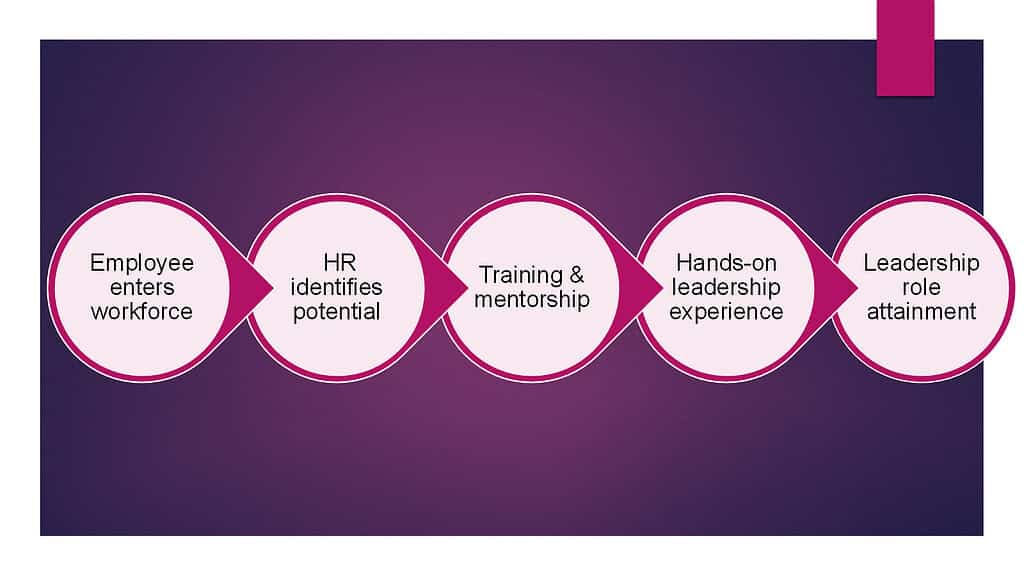
Leadership development represents one of the most impactful strategies Human Resources departments can employ to boost organizational engagement. The relationship between employee engagement and management quality demonstrates consistent correlation across industries and organizational sizes. Effective leaders serve as engagement multipliers who amplify HR initiatives while creating local cultures that support employee motivation and performance excellence.
Human Resources must approach leadership development as a systematic organizational capability rather than individual skill enhancement. This perspective requires comprehensive programs that address leadership competencies at multiple organizational levels simultaneously. Entry-level supervisors need different leadership skills than senior executives, yet both groups must understand their roles in creating engaging work environments for their respective teams.
The modern leadership development challenge extends beyond traditional management training to encompass emotional intelligence, cultural sensitivity, and adaptive leadership capabilities. Human Resources departments must design programs that help leaders navigate complex workplace dynamics, including remote team management, generational differences, and changing employee expectations. These skills become particularly crucial as organizations adapt to evolving work arrangements and demographic shifts.
Mentorship and coaching represent essential components of effective leadership development strategies. Human Resources can facilitate formal mentoring relationships that connect emerging leaders with experienced executives while providing structured coaching support for skill development. These relationships create knowledge transfer opportunities that benefit both participants while building organizational leadership bench strength.
Leadership development measurement requires sophisticated approaches that go beyond traditional training evaluation methods. Human Resources must track leadership effectiveness through employee engagement scores, retention rates, and team performance metrics. This approach, which is based on data, facilitates ongoing improvements to the program and illustrates the return on investment in leadership development to the stakeholders of the organization.
Table 5: Leadership Development Components and Engagement Impact
| Development Component | Target Audience | HR Implementation | Engagement Outcome |
|---|---|---|---|
| Foundational Leadership | First-time managers | Management fundamentals training | Improved basic supervision quality |
| Emotional Intelligence | Mid-level leaders | EQ assessment and development | Enhanced team relationship quality |
| Strategic Leadership | Senior executives | Executive coaching programs | Better organizational vision communication |
| Change Leadership | All management levels | Change management certification | Smoother organizational transitions |
| Cultural Leadership | Cross-functional leaders | Diversity and inclusion training | More inclusive team environments |
| Performance Coaching | Direct supervisors | Coaching skills development | Better employee performance conversations |
5. Human Resources Strategy Through Social Exchange Theory

Social Exchange Theory provides Human Resources professionals with a powerful lens for understanding employee engagement as a reciprocal relationship between organizations and individuals. This theoretical framework suggests that employees make calculated decisions about their level of engagement based on perceived exchanges of value with their employers. HR strategies that leverage this understanding can design systems that create positive exchange cycles leading to sustained engagement improvements.
The foundation of social exchange lies in the concept of reciprocity, where employees respond to organizational investment with increased commitment and performance. Human Resources must carefully design exchange relationships that feel equitable and meaningful to employees across different organizational levels and functions. This requires understanding what various employee segments value most highly and ensuring that organizational offerings align with these preferences.
Trust represents a crucial element in successful social exchange relationships. Employees must believe that their contributions will be recognized and rewarded appropriately over time. Human Resources can build this trust through consistent policy application, transparent decision-making processes, and reliable follow-through on organizational commitments. When trust erodes, social exchange relationships deteriorate rapidly, making trust maintenance a critical HR responsibility.
The psychological contract concept within social exchange theory encompasses both explicit and implicit agreements between employers and employees. While formal contracts address legal obligations, psychological contracts involve unspoken expectations about career development, work-life balance, and organizational support. Human Resources must actively manage these psychological contracts through regular communication and expectation alignment efforts.
Global economic conditions and labor market dynamics influence social exchange relationships significantly. During periods of high unemployment, employees may accept less favorable exchange terms, while tight labor markets shift leverage toward employee expectations. Human Resources strategies must remain flexible enough to adapt exchange offerings based on market conditions while maintaining core value propositions that differentiate their organizations.
Table 6: Social Exchange Elements in HR Strategy
| Exchange Element | Employee Contribution | Organizational Response | HR Management Role |
|---|---|---|---|
| Performance Excellence | High-quality work output | Recognition and rewards | Design merit-based systems |
| Organizational Loyalty | Long-term commitment | Career development opportunities | Create advancement pathways |
| Extra-Role Behavior | Beyond-duty contributions | Increased autonomy and responsibility | Identify and reward discretionary effort |
| Skill Development | Continuous learning | Training investment | Provide learning resources and opportunities |
| Cultural Citizenship | Positive workplace behavior | Inclusion in decision-making | Foster participative management approaches |
| Innovation Contribution | Creative problem-solving | Resource allocation for ideas | Support innovation programs |
6. Human Resources and Technology-Enabled Engagement Tools
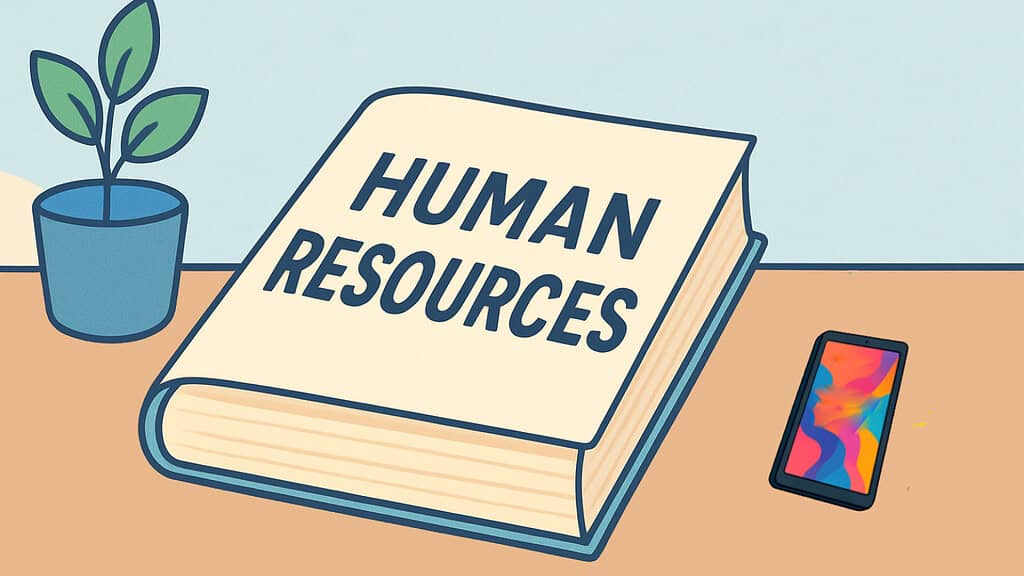
Technology has fundamentally transformed how Human Resources departments can measure, monitor, and enhance employee engagement across organizations. Modern HR technology platforms provide sophisticated analytics capabilities that enable data-driven engagement strategies while offering employees more personalized and responsive workplace experiences. The integration of artificial intelligence and machine learning into HR systems creates opportunities for predictive engagement management that was previously impossible.
Real-time feedback systems represent one of the most significant technological advances in engagement management. Traditional annual surveys have given way to continuous pulse surveys, instant feedback applications, and sentiment analysis tools that provide ongoing engagement insights. Human Resources can respond to engagement challenges more quickly and effectively when armed with current data rather than historical information that may no longer reflect employee sentiments.
Artificial intelligence applications in HR extend beyond data collection to include personalized career development recommendations, automated recognition systems, and predictive analytics for retention risk assessment. These technologies enable Human Resources to scale personalized attention across large employee populations while identifying patterns that human analysis might miss. However, successful implementation requires a careful balance between technological efficiency and human connection.
Mobile technology has become essential for engagement initiatives as employees increasingly expect workplace interactions to match their consumer technology experiences. HR mobile applications that provide easy access to benefits information, learning resources, and communication tools support engagement by reducing friction in employee interactions with organizational systems. The convenience factor significantly impacts employee perceptions of organizational support and responsiveness.
Data privacy and security concerns require careful consideration when implementing technology-enabled engagement tools. Human Resources must ensure that employee data collection and analysis practices comply with regulatory requirements while maintaining employee trust. Transparent communication about data usage and strong security measures support technology adoption and sustained engagement with digital HR tools.
Table 7: Technology-Enabled Engagement Tools and Applications
| Technology Category | Application | HR Implementation | Engagement Impact |
|---|---|---|---|
| Analytics Platforms | Engagement measurement | Pulse surveys, sentiment analysis | Real-time engagement insights |
| AI-Powered Systems | Personalized recommendations | Career pathing, learning suggestions | Customized employee experiences |
| Mobile Applications | Accessibility and convenience | HR services on mobile devices | Increased interaction frequency |
| Communication Tools | Collaboration enhancement | Team messaging, video conferencing | Improved connectivity and collaboration |
| Learning Platforms | Skill development | Online training, microlearning | Continuous capability building |
| Recognition Systems | Achievement acknowledgment | Peer-to-peer recognition, rewards | Enhanced appreciation culture |
Conclusion: Human Resources as Architects of Engagement’s Future

The evolution of Human Resources from an administrative function to a strategic engagement architect represents one of the most significant transformations in modern business operations. Today’s HR professionals must combine psychological insights, technological capabilities, and business acumen to create workplace environments that inspire sustained employee engagement. The six strategies outlined demonstrate how Human Resources can leverage established theories and cutting-edge tools to build engagement frameworks that drive organizational success.
The interconnected nature of these strategies highlights the complexity of engagement management and the need for holistic approaches that address multiple employee needs simultaneously. Maslow’s hierarchy provides the foundational framework for understanding basic human motivations, while Herzberg’s theory helps distinguish between satisfaction maintenance and genuine engagement drivers. Transparent communication and leadership development create the relational infrastructure necessary for engagement, while social exchange theory and technology tools provide mechanisms for sustaining positive employee experiences over time.
Future Human Resources success will depend increasingly on the ability to integrate these diverse elements into coherent engagement strategies that adapt to changing workforce demographics, technological capabilities, and business requirements. The rise of remote work, generational diversity, and artificial intelligence will continue to reshape how HR professionals approach engagement challenges. Organizations that invest in comprehensive HR capabilities positioned to navigate these changes will maintain competitive advantages in talent attraction, retention, and performance optimization.
The measurement and evaluation of engagement strategies require sophisticated approaches that go beyond traditional metrics to encompass predictive analytics, employee sentiment analysis, and business outcome correlation. Human Resources departments must develop capabilities in data interpretation and strategic analysis to demonstrate their impact on organizational performance while continuously refining their engagement approaches based on evidence and feedback.
Looking ahead, Human Resources will play an increasingly central role in organizational strategy development and implementation. The recognition that employee engagement directly impacts customer satisfaction, innovation capability, and financial performance positions HR as a critical business function rather than a support service. This strategic elevation requires HR professionals to develop broader business competencies while maintaining their expertise in human behavior and organizational dynamics.
Table 8: Human Resources Integration with Business Functions
| Business Function | HR Integration Point | Collaborative Activities | Mutual Benefits |
|---|---|---|---|
| Marketing | Employer branding | Recruitment campaigns, culture promotion | Enhanced talent attraction and brand consistency |
| Operations | Workforce planning | Capacity management, skill alignment | Improved operational efficiency and capability |
| Finance | Human capital ROI | Budget planning, cost-benefit analysis | Better resource allocation and performance measurement |
| Sales | Performance incentives | Commission structures, recognition programs | Aligned motivation and revenue optimization |
| IT | Technology implementation | System selection, user training | Enhanced digital capabilities and adoption |
| Legal & Compliance | Risk management | Policy development, training programs | Reduced legal exposure and regulatory compliance |
| Customer Service | Employee satisfaction | Service training, engagement initiatives | Improved customer experience through engaged employees |
| Strategy | Organizational alignment | Culture development, change management | Enhanced strategic execution and adaptability |

